Destructive pest infestations that are hidden in walls and attics are one of the toughest problems homeowners have. These hidden invasions can remain unchecked for months and provide pests with the time necessary to create their own successful colonies behind your walls and in your ceilings. Your home itself, as well, has pests as unwanted guests: the nooks and crannies of home construction make ideal homes for all kinds of things you don’t want there, from rodents to insects.
The problem is that most homeowners do not find out about these infestations until it is too late. Vermin dwelling in concealed spaces can gnaw through wiring, soil insulation , and cause thousands in structural damage. Everything creepy crawlies want to breed is in a warm, dark, undisturbed area, like a wall cavity or in insulation in the ceiling.
Right here we will discuss all the details of these pests and also help you understand how you can find them and prevent the infestation from spreading or coming back again.
Why There May Be Hidden Pest Infestations in Walls and Attics
Interior walls and attic spaces become the perfect venues for infestations of common pests because of a few critical reasons. In these environments, life goes on undisturbed for an extended period of time, and we can find pests building nests without any human interaction. The temperature remains the same in these areas more so than the rest of your home, creating a comfortable living environment throughout the year.
There are plenty of access points to walls, attics that most people do not even think about. Small openings where pipes, electrical conduits, and ventilation systems pass through present pests with arteries to your home, allowing them easy access to all areas of the structure. Tiny fissures in foundation walls or loose fits around utility connections can also provide an access point for a wide variety of pests.
Without natural predators, pests can thrive in these enclosed environments. With no fear of birds, big insects, or other natural predators, minor infestations of pests will quickly turn into out-of-control infestations that will only ever affect the population of your home.
How To Identify Hidden Pest Infestations
Strange Sounds and Noises
Pay attention to any strange sounds coming from your walls or ceilings, particularly during times of silence like early mornings or late nights. Scratching, pitter-patter, or gnawing typically means rodents have taken up residence in your walls. Buzzing or humming sounds could indicate insect colonies, and nipping sounds may indicate termites.
These noises typically get louder at night when the vermin are their most active, and household sounds are at their quietest. Listen for any moving sounds that appear to follow along walls or run above your head, as these movement patterns can indicate pest travel channels within the wall voids or other areas of your home’s structure.
Visual Evidence and Physical Signs
Even without seeing any droppings in your traces, look for droppings along baseboards, in corners and near utility connections where walls meet floors. Various pests have different dropping types that can be useful in identifying what type of infestation you have. Mouse poo is tiny and shaped like rice, while rat poo is larger and like a grain of rice or a sausage.
Look for grease or rub marks on walls where rodents drag their body. These black streaks seem to appear wherever pest hair continually rubs against surfaces. You should also look for tiny holes in walls, chewed items, or gnawed insulation, which can signal pest activity.
Unusual Odors and Smells
Powerful, long-lasting scents that are released on walls or up high on your ceiling are often a sign of a hidden pest issue. Rodent urine and nesting material have a musty, ammonia-type smell. Sweet, greasy smells might be signs of cockroach infestations; strong, acrid smells could be of dead insects rotting inside wall voids.
Such odors tend to be more pronounced in the presence of high humidity or in areas where infested material has been circulated through heating or cooling systems.

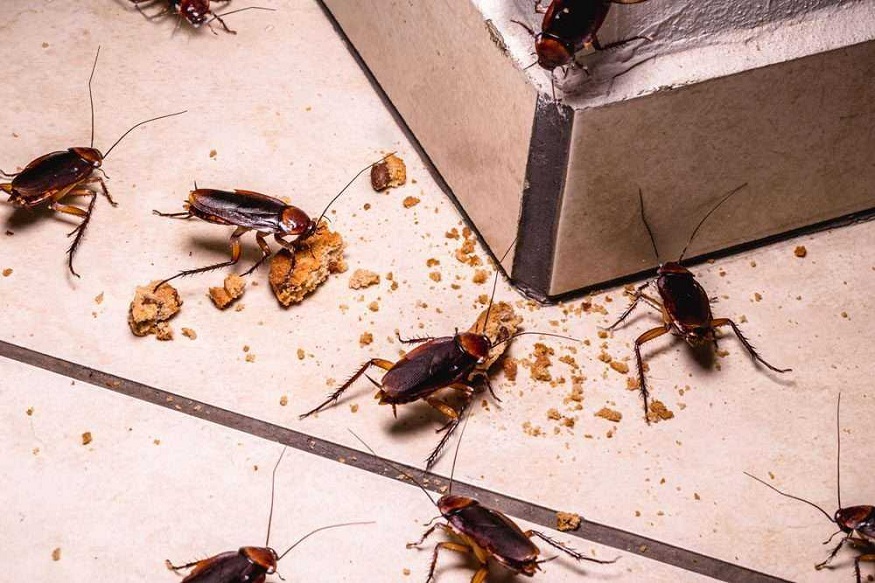


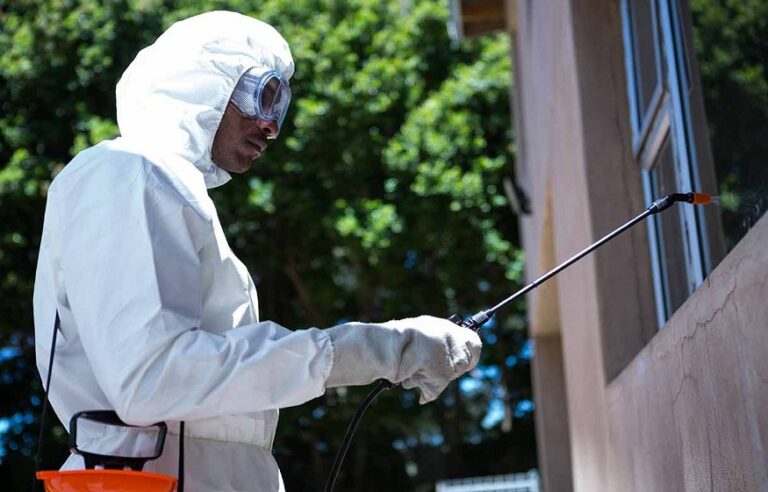

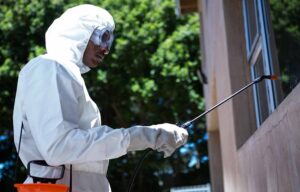
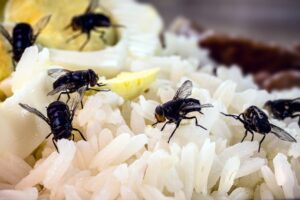
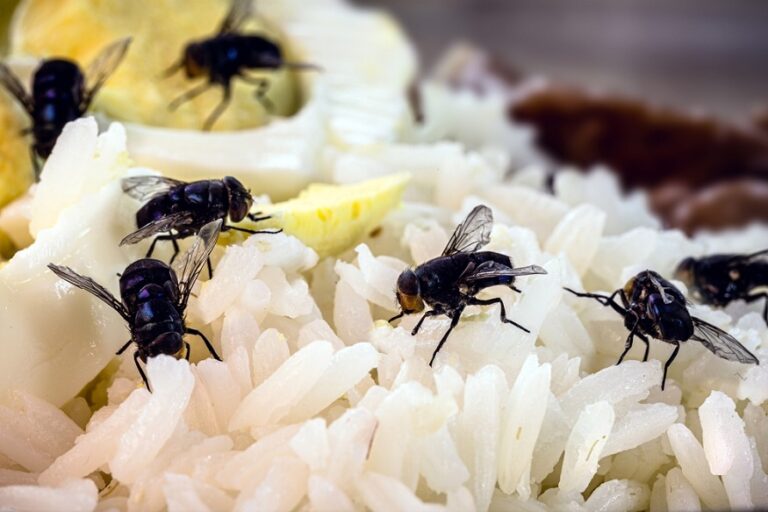
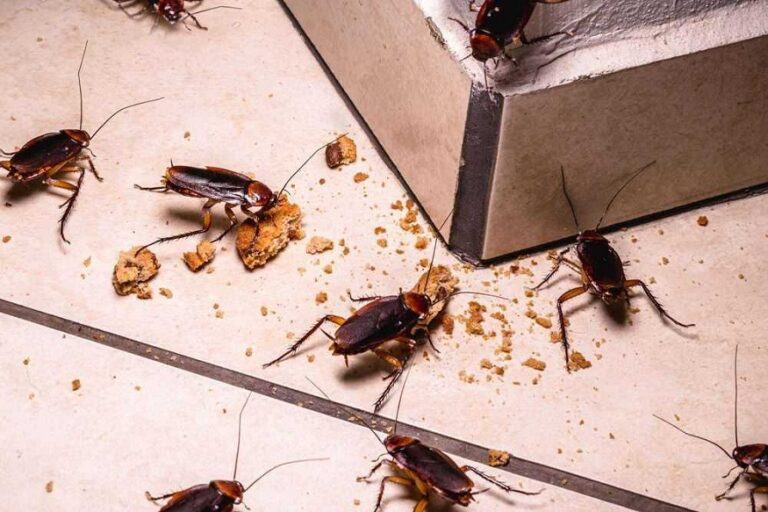

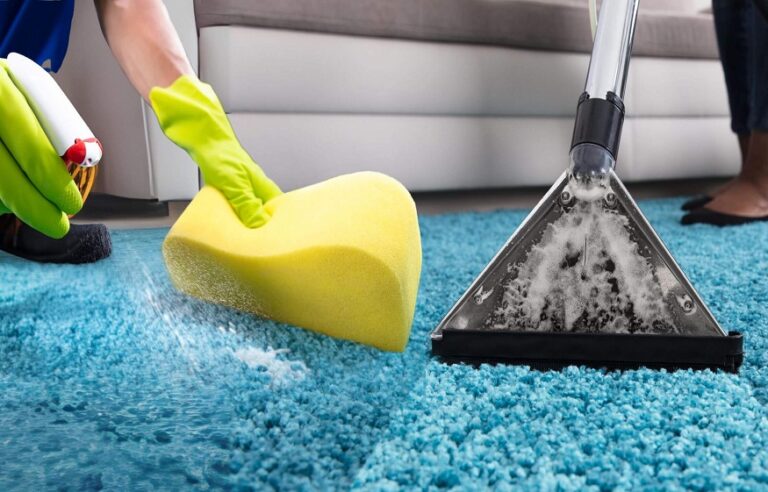
+ There are no comments
Add yours